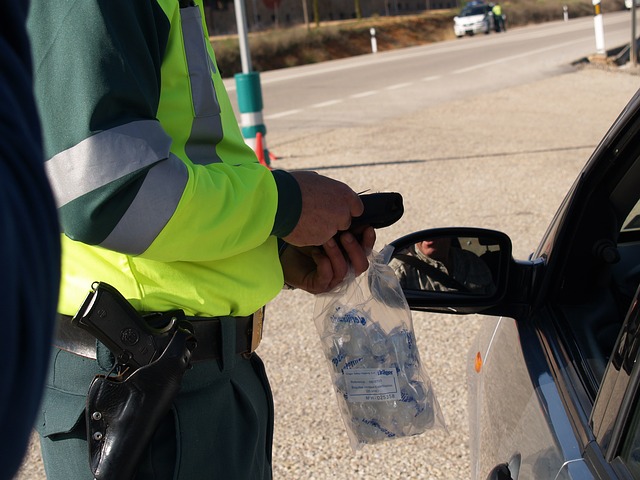A new quick-result saliva test could soon be utilised by traffic police and employers to confirm whether drivers or employees are high.
The landmark decision to decriminalisation marijuana in South Africa last year has been highly celebrated. South Africans who enjoy this medical herb need to be aware of the new quick-result test, so as to enjoy it responsibly.
For years the most widely used test to confirm whether an individual was under the influence of marijuana was a urine test. Results take a long time to process and only confirmed whether an individual had used weed in the last month.
This revolutionary new test will be able to confirm use within the last three hours, in a matter of minutes. It is now the most accurate test available.
For many years the use of marijuana was outlawed in South Africa but it is now legal for private use and employers as well as law enforcement establishments have seen the need to adapt and develop a way to test users more quickly.
The new test acts in much the same way as a breathalyser does, eliminating the need to take a urine sample all together.
In previous years employees were fired for testing positive after a urine test. Now they are within the terms of the law if they test positive while at work. This is because marijuana use is legal in the privacy of one’s own home. By the time a test is done a person won’t necessarily still be under the influence. Traces of marijuana however, may still be in the body for weeks after use.
Because of such instances a more quick-acting test has been developed. It was created to help employers who suspect their staff are being irresponsible, and also traffic officers who suspect drivers may be under the influence.
Essentially the test contains a sponge that absorbs saliva, it is then introduced to a selection of chemical compounds that react in a certain way. This shows that the saliva has tested positive for THC or marijuana.
The Western Cape Department of Transport and Public Works hopes to have the saliva test approved soon so it can be used to test drivers at roadblock in the near future.
Picture: Pixabay

